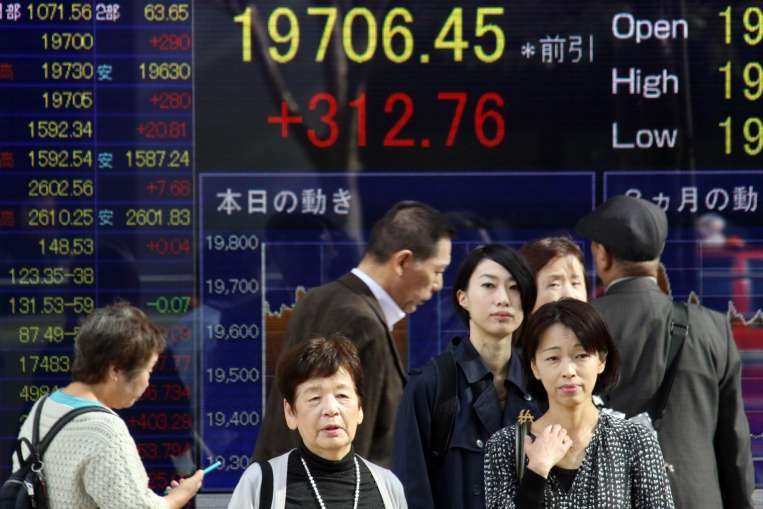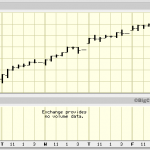The rally continued Tuesday in major Asian markets but analysts are still uncertain that this is the end of the volatility that has rocked stock markets since the beginning of 2016.

According to Thomas Poullaouec, managing director and head of strategy research for Asia Pacific at State Street Global Advisors, “We don’t think this is the end….despite the relative calm seen in markets on Monday and Tuesday, the prospect of volatility remains.” He added that markets would stabilize once there was stability in oil prices, global financial conditions and the Chinese economy.
“These three conditions are not there yet, so crisis is still the mode,” he said.
Chinese markets, on their second day of trading after returning from a week-long Lunar New Year break, led Asian markets as the Shanghai composite closed up 91.21 points, or 3.32 percent, at 2,837.40. The Shenzhen composite ended 71.69 points, or 4.09 percent, higher to 1,821.70.
Japan’s Nikkei 225 after surging 7 percent yesterday, erased early morning losses to close up 31.85 points, or 0.2 percent, at 16,054.43. Across the Korean Strait, the Kospi finished 26.10 points, or 1.40 percent, higher to 1,888.30.
BOJ Negative Interest Rate in Effect
The Bank of Japan’s negative interest rates came into effect on Tuesday in a move that has been deemed a failure by financial markets from the onset and highlighting Tokyo’s inability to stimulate growth as global markets falter.
The central bank, which announced its decision on Jan. 29, will charge banks 0.1 percent for parking additional reserves with the BOJ to encourage banks to lend and prompt businesses and savers to spend and invest.
The announcement briefly drove down the yen and buoyed Japanese share prices, but markets quickly went into reverse.












Leave A Comment